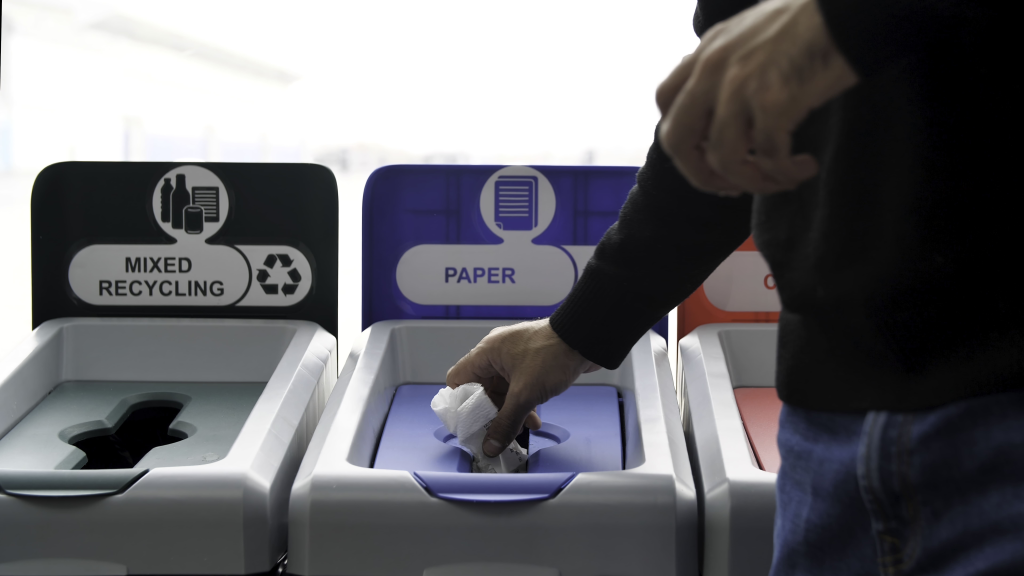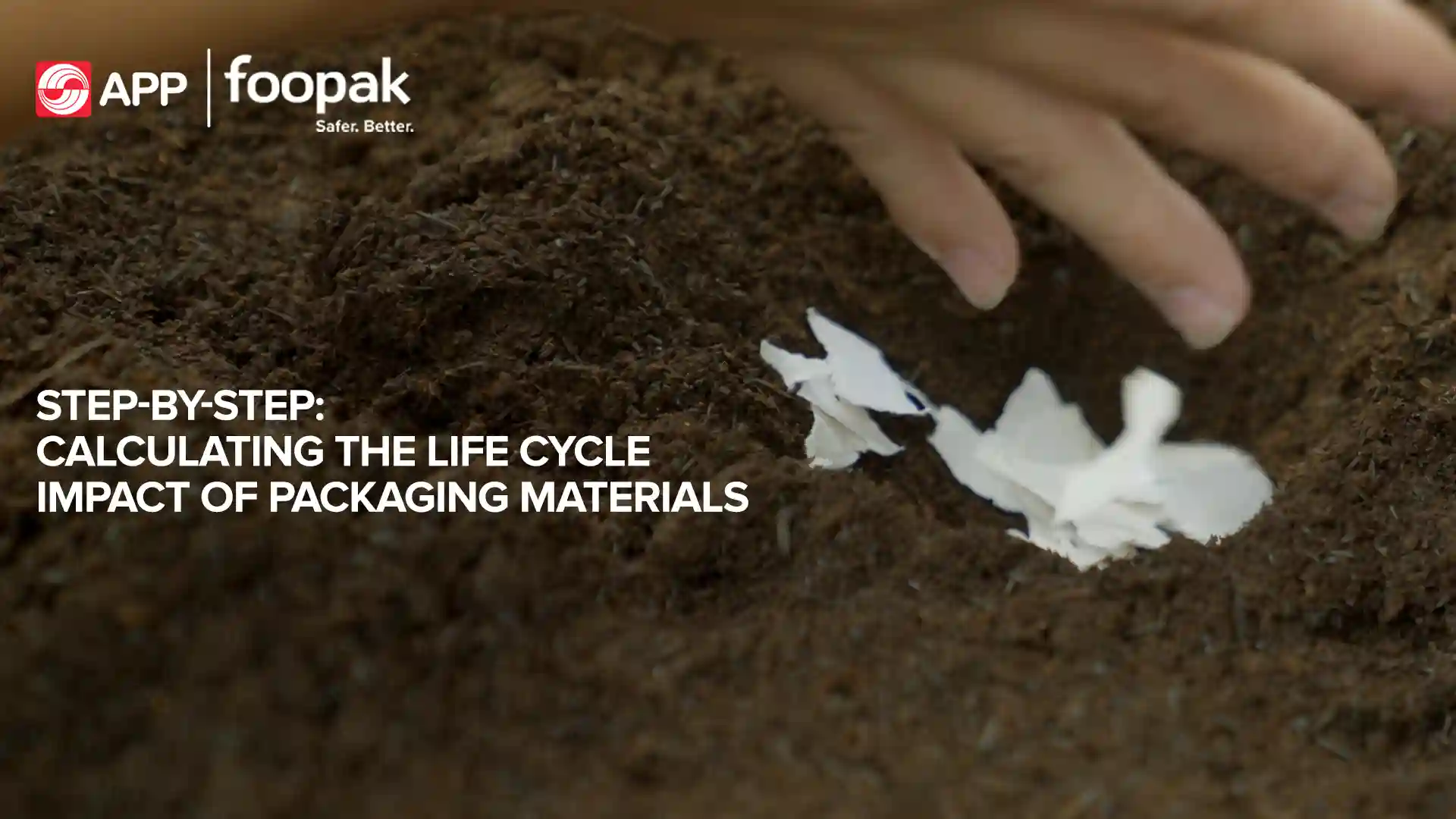As sustainability becomes a top priority, regulators and consumers now expect packaging companies to cut their environmental impact and back up their claims with clear data. This is where Life Cycle Assessment (LCA) comes in. By analyzing the full journey of packaging materials, from raw material extraction to end-of-life, LCA provides the insights companies need to make smarter and greener decisions.
Why is LCA Gaining Attention?
Life Cycle Assessment is gaining attention because it gives a complete picture of a product’s environmental impact, from beginning to end. Unlike general sustainability claims, LCA uses a standardized method to identify which stages in a product’s life cause the most emissions, waste, or energy use.
For companies, this means knowing exactly where to act and where to improve. For consumers, it means more trustworthy sustainability claims. With new regulations in places like the European Union, LCA is also becoming an important tool for compliance.
What Does LCA Measure?

An LCA looks at different types of environmental impacts throughout the lifecycle of packaging. This usually includes:
1. Raw Material Extraction
The process begins with sourcing natural resources, which can lead to energy use, land disturbance, and emissions depending on how materials like wood, oil, or minerals are obtained.
Read More: Are Renewable Materials the Key to Reducing Environmental Impact?
2. Production/Manufacturing
At this stage, the focus is on factory operations, where electricity, fuel, water, and chemicals are consumed, and where waste and emissions are produced in turning raw materials into finished goods.
3. Distribution/Transport
Moving products through the supply chain adds to the environmental footprint, since transportation requires fuel, produces emissions, and often involves extra packaging to protect goods.
4. Use Phase
The environmental effect during the use stage depends on the type of product, since some require energy or generate waste while in use. For packaging, this phase is generally minor compared to other product categories.
5. End-of-Life
The final stage considers how the product is treated once discarded. Recycling, composting, incineration, and landfill all carry different outcomes for emissions, resource recovery, and waste.
Getting Started with LCA for Your Packaging
For brands and packaging producers, getting started with LCA doesn’t have to be overwhelming.
1. Define the Goal
Decide what you want to learn from the LCA. For example, comparing paper vs plastic cups, or measuring the total footprint of your takeaway packaging. A clear scope keeps the process focused.
2. Map the Full Life Cycle
List every stage your packaging goes through, from raw materials and production to transport, customer use, and end-of-life. Even a rough outline helps identify where the biggest impacts might occur.
3. Gather Data
Start with the basics such as the weight of packaging, the materials used, transport distances, and how customers typically dispose of it. Use supplier information whenever possible and rely on standard databases if exact data is missing.
4. Measure Key Impacts
Focus on a few metrics that matter most to F&B businesses, such as carbon footprint, water use, and recyclability. This keeps the first LCA manageable while giving you actionable insights.
Read More: The Carbon Budget Crisis: What Happens When We Run Out of Time?
5. Identify Biggest Impact Areas and Test Improvements
You don’t need to solve everything at once. Start by creating a baseline LCA to see the overall impact of your packaging. If the biggest issue is disposal, choosing recyclable or compostable materials can lower the end-of-life impact. Focus on one stage at a time, then track improvements step by step.
Transparent Impact Starts Here
By adopting LCA, brands move from vague sustainability promises to verifiable, science-based evidence. Many companies use their LCA results to publish Environmental Product Declarations, or EPDs. These are third-party verified documents that make sustainability claims more credible and allow fair comparisons between products. This kind of transparency not only helps with regulatory compliance but also strengthens consumer trust and brand reputation.
Foopak paperboard was developed with the belief that sustainability should always go hand in hand with functionality and design. Our recyclable paperboard solutions are created to help brands reduce their reliance on plastics and improve their LCA performance. As regulations and consumer demands continue to evolve, Foopak is ready to work with you in creating packaging that performs today and remains responsible tomorrow.

